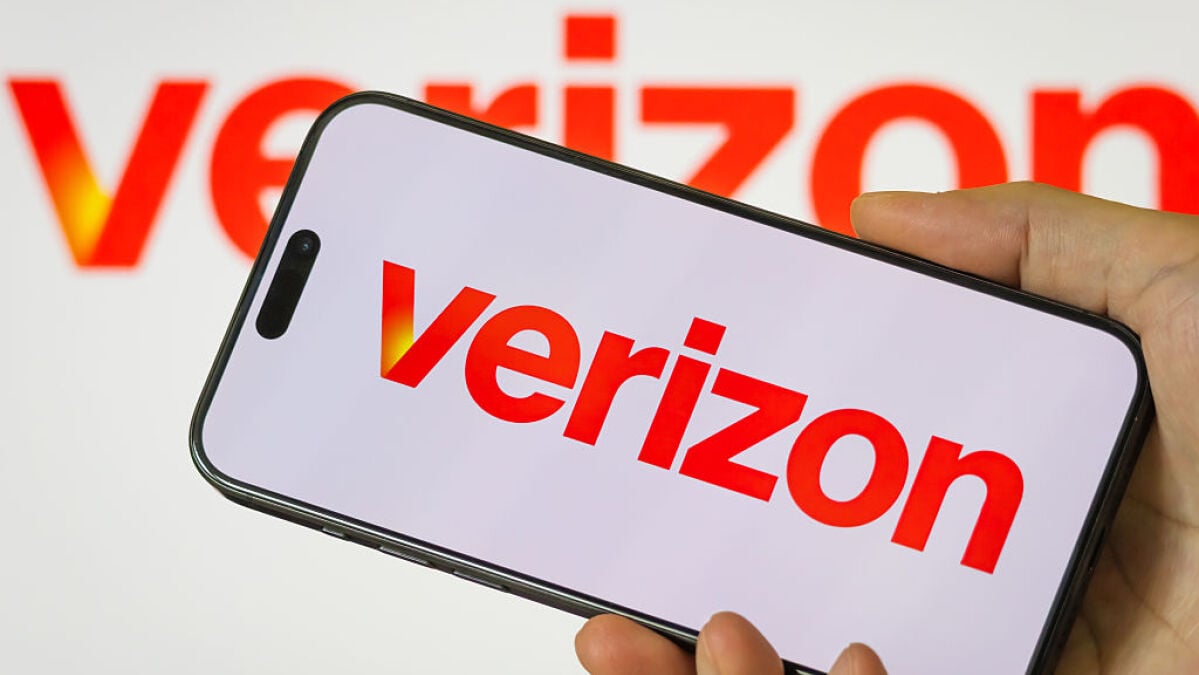In today’s fast-evolving telecommunications landscape, mobile carriers constantly tweak their offerings to attract new customers and retain existing ones. However, recent reports indicate that Verizon, one of the leading providers, is making changes that might not sit well with its loyal user base. Sources say that Verizon is cutting loyalty discounts after increasing fees, leaving many customers feeling shortchanged. This decision could have significant implications for consumers, potentially leading them to re-evaluate their choice of service provider.
This article will explore the details surrounding Verizon’s decision, examining the reasons behind the changes and how they might affect subscribers. We’ll also delve into the broader context of customer loyalty in the telecom industry and discuss alternative options for those considering a switch. By providing a comprehensive overview, our goal is to equip readers with the information they need to make informed decisions about their mobile service.
Verizon Reportedly Ends Loyalty Discounts
Reports circulating on Reddit indicate that Verizon is discontinuing loyalty discounts for some customers. Users have shared emails they allegedly received from Verizon, informing them that their account discounts will be removed no sooner than September 1, 2025. This change is particularly frustrating for long-standing customers who have come to rely on these perks.
One Reddit user shared the email they received, stating: ‘We are writing to let you know that a discount on your account will soon end.’ Several others chimed in, confirming they had received similar notifications about losing loyalty benefits. The news comes as a blow to those who have remained with Verizon over the years, expecting to be rewarded for their continued patronage.
Simultaneous Fee Increases
Adding insult to injury, the news of discount removals coincides with reports of Verizon increasing fees for activations, phone lines, and tablet plans. The company confirmed the upcoming fee hikes, set to take effect by September 1, to Tom’s Guide. This double whammy of reduced discounts and increased charges is likely to further anger Verizon customers.
The combination of these changes suggests a shift in Verizon’s strategy, potentially prioritizing short-term revenue gains over long-term customer retention. However, this approach carries the risk of alienating loyal subscribers who may feel undervalued and consider switching to competitors.
Customer Reactions and Potential Exodus
Unsurprisingly, Verizon customers have expressed their dissatisfaction with the recent changes. Many have taken to social media and online forums to voice their frustration and contemplate switching to other providers, such as T-Mobile or AT&T. The sentiment among affected customers is one of betrayal, with many feeling that their loyalty is being penalized rather than rewarded.
One Reddit user encapsulated the general feeling by stating, ‘They just keep finding ways to crap on loyal customers.’ This sentiment highlights the disconnect between Verizon’s actions and the expectations of its long-term subscribers. The potential for a mass exodus of customers could have significant financial implications for the company.
Verizon’s Rationale: Pushing New Plans
According to Tom’s Guide, Verizon is reportedly aiming to encourage customers on older plans to transition to its newer myPlan subscription. The email sent to customers purportedly states, ‘We want to ensure you get the best value and experience from Verizon and encourage you to check out our myPlan options for the plan that works best for you.’ However, the method of cutting loyalty discounts to achieve this goal appears to be backfiring.
While Verizon’s intention might be to streamline its offerings and provide customers with more up-to-date plans, the execution has been poorly received. The company needs to consider alternative strategies that do not involve penalizing loyal customers for their continued business.
Exploring Alternative Mobile Providers
For Verizon customers considering a switch, several alternative mobile providers offer competitive plans and incentives. T-Mobile and AT&T are the two primary competitors, each with its own strengths and weaknesses. T-Mobile has been known for its aggressive pricing and customer-friendly policies, while AT&T boasts a robust network and a wide range of services.
In addition to the major players, smaller carriers like Mint Mobile and Visible offer more budget-friendly options. These providers typically operate on the networks of the larger carriers but offer lower prices in exchange for fewer frills. Customers should carefully evaluate their individual needs and priorities before making a switch.
Making the Right Choice for Your Needs
Choosing the right mobile provider is a personal decision that depends on a variety of factors. Price, coverage, data limits, and customer service are all important considerations. Customers should also take into account any potential switching costs, such as early termination fees or the need to purchase new devices.
By carefully weighing the pros and cons of each provider, customers can make an informed decision that aligns with their individual needs and budget. In the wake of Verizon’s recent changes, it’s more important than ever to explore all available options and ensure that you’re getting the best possible value for your money.
Conclusion: Evaluating Loyalty in the Telecom Industry
Verizon’s decision to cut loyalty discounts while increasing fees highlights a growing trend in the telecom industry: the diminishing value of customer loyalty. In an increasingly competitive market, providers are constantly seeking new ways to attract and retain subscribers. However, some strategies, such as penalizing long-term customers, can backfire and damage brand reputation.
As consumers, it’s essential to stay informed about the changes happening in the mobile market and be prepared to switch providers if necessary. Loyalty should be a two-way street, with companies rewarding customers for their continued business. When that loyalty is no longer reciprocated, it’s time to explore alternative options and find a provider that values your patronage.

Leave a Reply